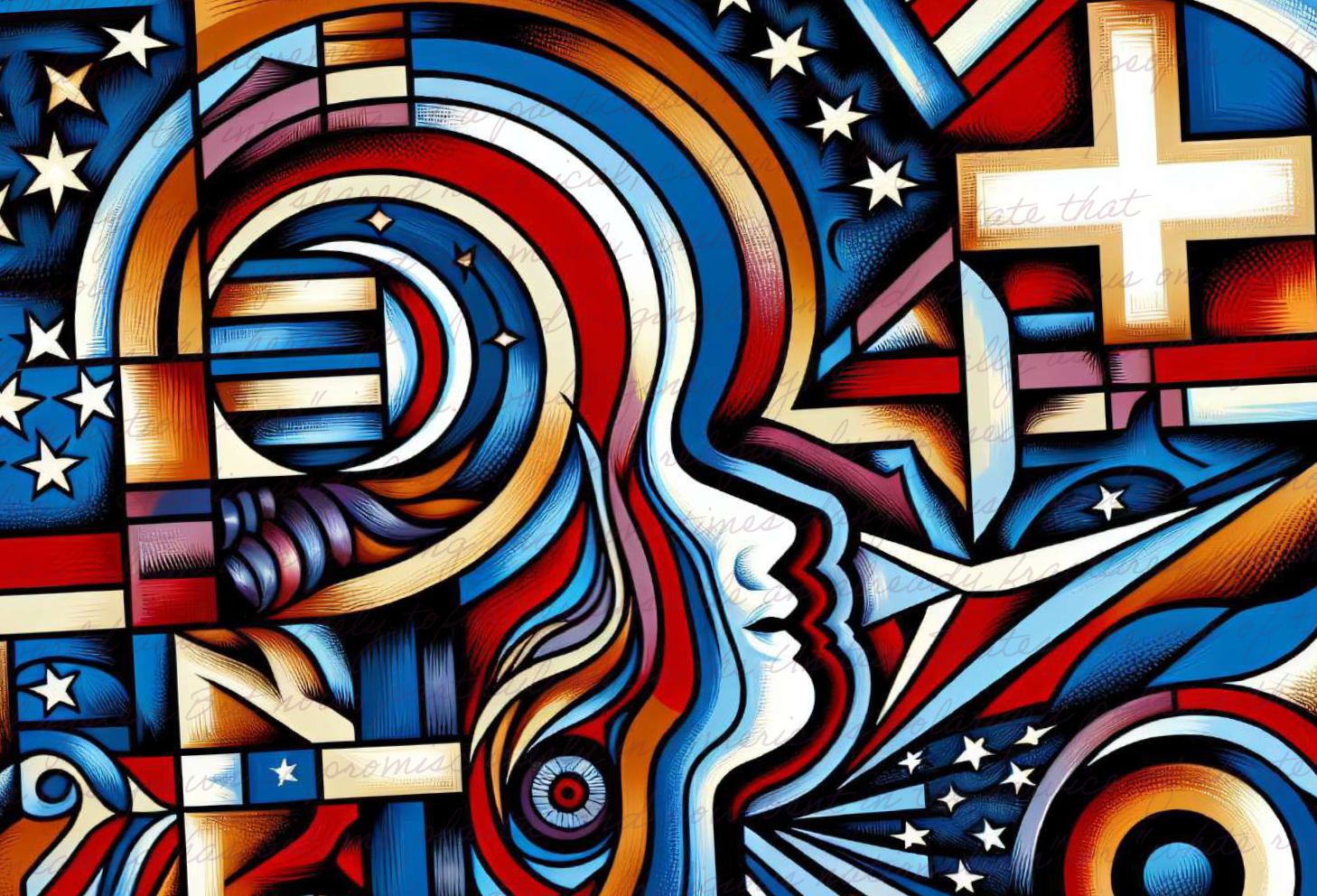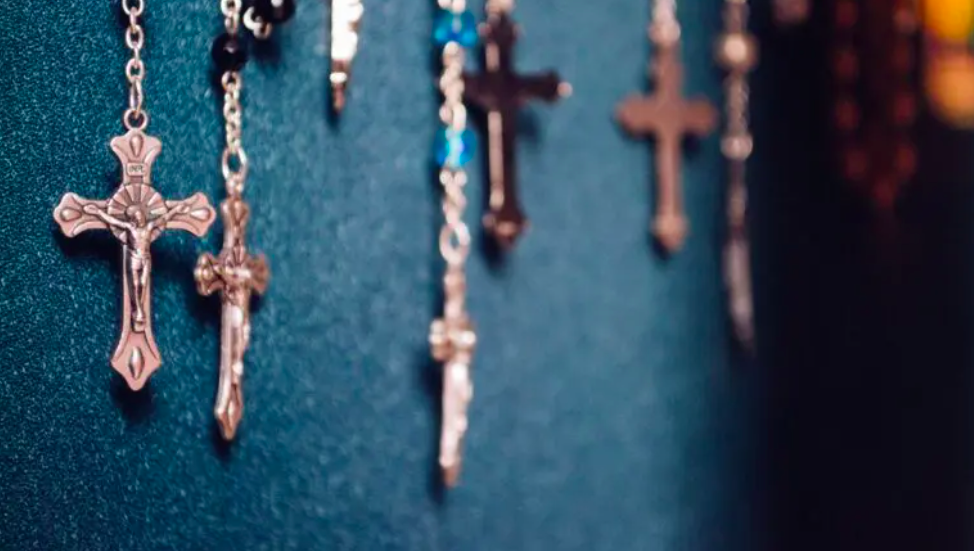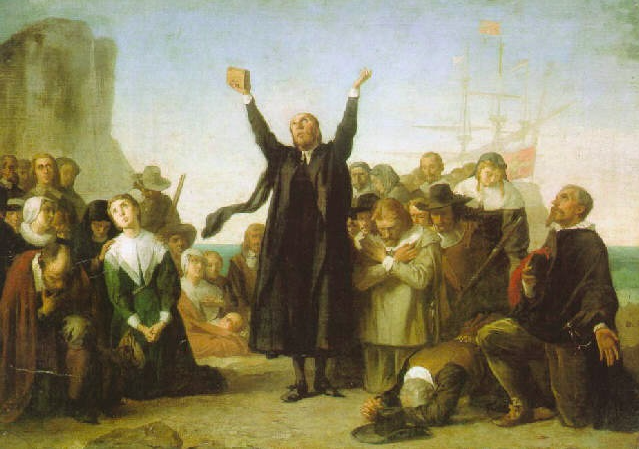Join us as we begin a series of posts focusing on the prioritization of religious freedom in American law and culture. This week our discussion focuses on the American founding and is being initiated with this post by Thomas Kidd.
By: Thomas Kidd
In one of his first published writings, A Full Vindication of the Measures of the Congress (1774), nineteen-year-old Alexander Hamilton warned his fellow American colonists that, in spite of the recent furor over British taxes, those financial burdens were not what they had to fear most. Parliament had recently passed the Quebec Act, which allowed the open practice of Roman Catholicism in Canada, and extended Quebec’s borders far south into lands previously claimed by the Patriots.
Hamilton and others interpreted the Quebec Act as an assault on the colonists’ Protestant faith and freedom. “How can any of you be sure you would have the free enjoyment of your religion long?” the King’s College student asked. “Would you put your religion in the power of any set of men living? Remember civil and religious liberty always go together; if the foundation of the one be sapped, the other will fall of course.”
American colonists widely agreed with this sentiment. “Civil and religious liberty” went together, but religious liberty was more fundamental, as it dealt with eternal matters, not just temporal ones. Moreover, many believed that the loss of civil liberty generally preceded the loss of religious freedom. As one pastor put it in 1766, “We could not long expect to enjoy our religious liberties, when once our civil liberties were gone.” The Boston Committee of Correspondence likewise declared that the Coercive Acts in 1774 had given a “long meditated stroke” to the people’s civil liberty. “How long we may be allowed the enjoyment of our religious liberty is a question of infinite moment,” they warned.
“Civil and religious liberty” was a ubiquitous phrase among Americans of the Founding era. They did not sharply distinguish between the two, for religious liberty required civil protections. They did assume, however, that religious liberty was, by its transcendent nature, humanity’s most basic freedom.
Those most keen to see religious liberty honored in the civil sphere were those who had already experienced persecution or religious disadvantages. These were typically Quakers, Baptists, or other dissenters, who forged a powerful argument for the “unalienable” right of religious liberty in the pre-Revolutionary era. Baptists such as Isaac Backus cautioned the Patriot authorities on the eve of the Revolution that they could not expect God to answer their pleas for relief from unjust taxes, when they placed similarly unjust religious taxes on their own dissenters. This argument prevailed in much of America, leading to the widespread defunding of state established churches in the Revolutionary era. The case for religious liberty did not immediately win the day in Backus’s New England, however, where states kept their churchly establishments until well after the Revolution.
The absence of a religious liberty guarantee in the body of the national Constitution of 1787 understandably alarmed many Americans. One Antifederalist critic wrote that “by the new constitution, our most inestimable rights, the trial by jury, and the freedom of the press; nay, even the liberty of conscience, are committed to the mercy of the general government.” Recommendations for a religious liberty amendment were standard among the states’ proposed declarations of rights that they wished to see added to the Constitution. Not all of these lists put religious liberty at the top of the list (or as the concluding right), but Pennsylvania’s Antifederalists did so, saying “The right of conscience shall be held inviolable; and neither the legislative, executive, nor judicial powers of the United States shall have authority to alter, abrogate, or infringe any part of the constitution of the several states, which provide for the preservation of liberty in matters of religion.”
Antifederalist pressure helped to secure a promise from James Madison to frame a Bill of Rights in the first Congress. It was no surprise that the first clauses of the First Amendment, as ratified, dealt with religion: “Congress shall make no law respecting an establishment of religion, or prohibiting the free exercise thereof.” The leading position of the religion clauses made sense in a culture that broadly assumed the primacy of freedom of conscience.
We should not overstate the role of religious liberty, of course, in the crisis that led to the Revolution, or in the creation of the Constitution. Issues of political power and taxation were more immediately pressing for the most prominent Founding Fathers. The Founders’ definition of religious liberty was also contested. Many did not embrace full freedom for Catholics, Jews, Muslims, or even to some Protestant dissenters. But all Patriots would have acknowledged the vital connection between civil and religious freedom. A free society had no more sacred duty than to protect religious liberty.
Thomas S. Kidd is professor of history at Baylor University and Senior Fellow at Baylor’s Institute for Studies of Religion.
This piece was originally authored on May 19, 2014 for the Religious Freedom Project at Georgetown’s Berkley Center for Religion, Peace, and World Affairs.
THE RFI BLOG

Myths of Religious Nationalism in America and Abroad

France’s Olympic Hijab Ban Violates International Law And Exacerbates Tensions

RFI Briefs USCIRF on Lessons from 25 Years of U.S. Designating Religious Freedom Violators

Thought Police: Protecting the People from Prayer

A Religious “Delaware”: Establishing a State Haven for Religious Corporations
CORNERSTONE FORUM

Challenges to Religious Freedom in Iraq and the Critical Need for Action

Public Bioethics & the Failure of Expressive Individualism

Religious Liberty in American Higher Education

Scotland’s Kate Forbes and the March of Secularism


